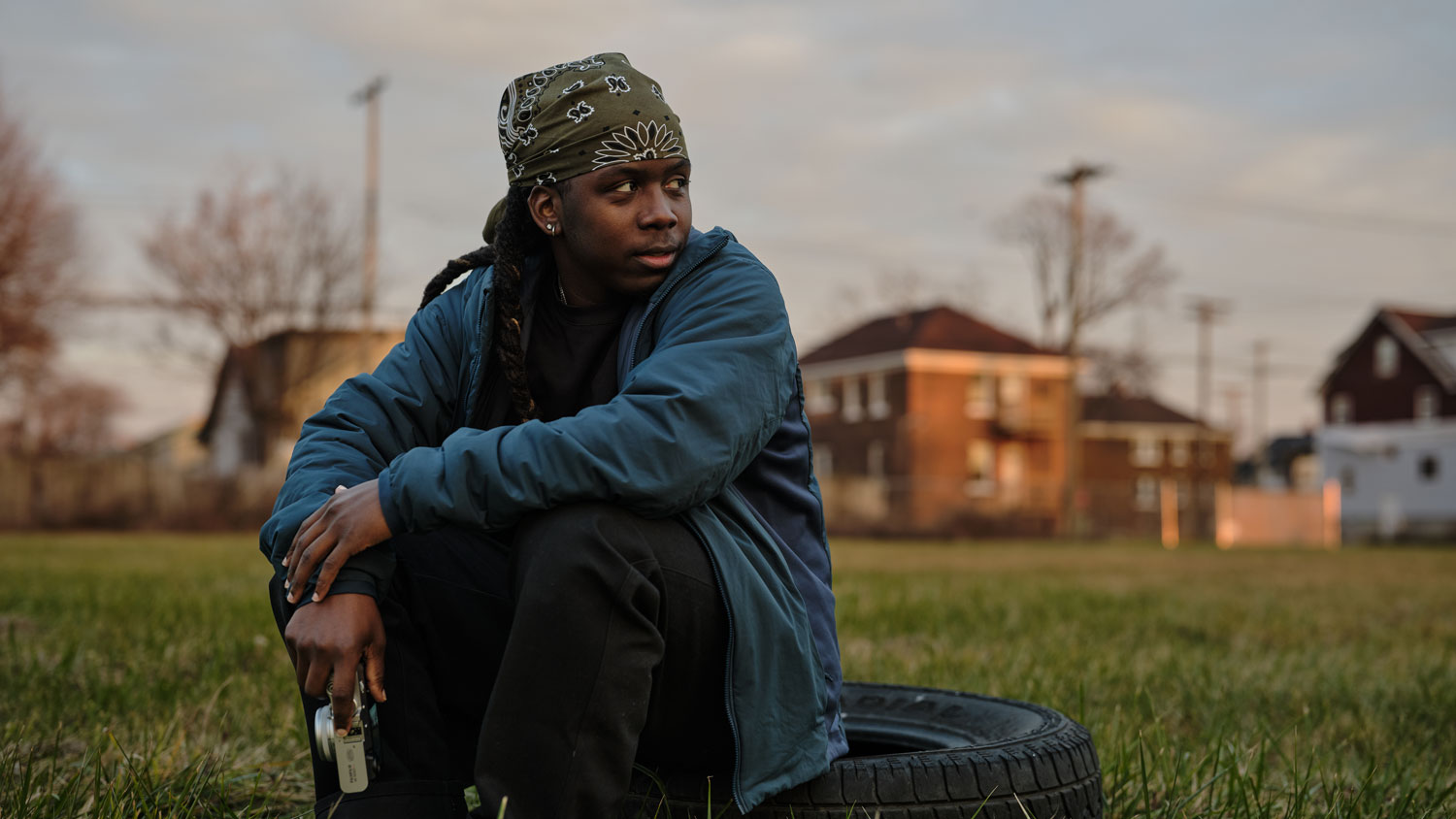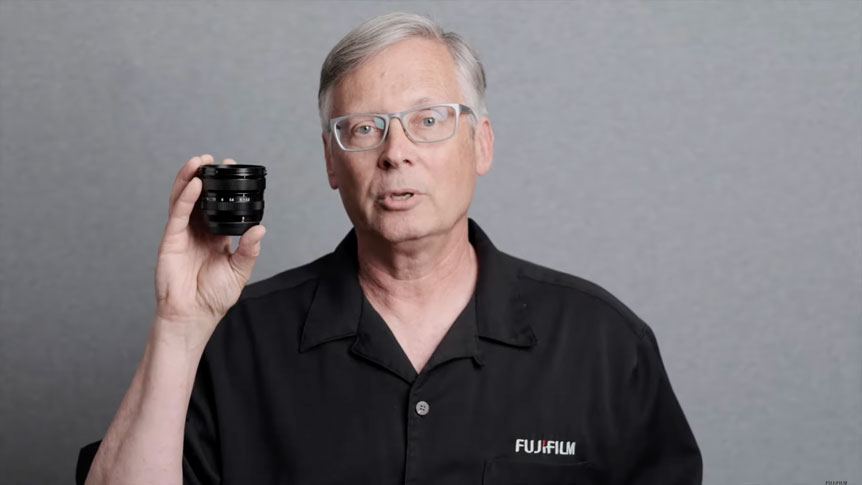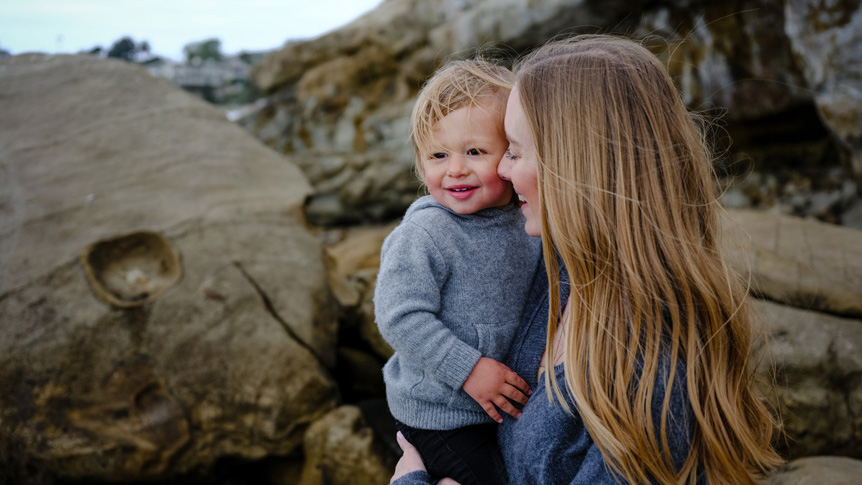
 4 minute read
4 minute read
The Power is in Your Hands
GFX System cameras and lenses are built to be versatile as well as high-quality, so how can they help you when making portraits on location?
The very nature of making portraits on location means you need to be adaptable – and, of course, your camera needs to be, too. Unlike the relative simplicity and predictability of photographing in a studio, when you’re on location, everything from the scenery to the light and the weather are beyond your control. But go equipped with the right camera and lens combination, and nothing will get in the way of your creativity.
Fujifilm’s GFX System is built to make location portraits easy, while still providing the larger format quality that photographers demand. It does this with a combination of streamlined design, refined handling, durable build, and versatile lenses.

Photo © Steven and Chad THEGINGERB3ARDMEN
Compared to many other cameras with sensors larger than full-frame, the GFX 50S, GFX 50R, and GFX100 are small in size. In fact, they actually rival full-frame DSLR cameras in terms of weight and dimensions, and in the case of GFX 50S and GFX100, in styling, too. The GFX 50R, on the other hand, is styled in a rangefinder format to make it even more portable and low-key when the situation demands it. On top of that, GFX is not a complicated system. In fact, if you’re familiar with the handling of an X Series camera like X-T4, you won’t notice a huge difference, as these cameras are both well balanced with easy-to-use layouts for buttons and dials.
So, what does a lightweight camera bring to location work? For one thing, you’ll find these cameras let you work faster and with more energy than heavier models. Many larger format bodies are heavy enough to need additional support from a tripod, which can slow down work and make composition more static. But with GFX, you can be freer in your framing and create pictures for longer on location without getting tired, working your way to that perfect image, wherever it might place. Hiking to interesting locations is also easier and, with a smaller camera, you need less space in your bag, so you have room for additional lenses, lights, or other portrait essentials.
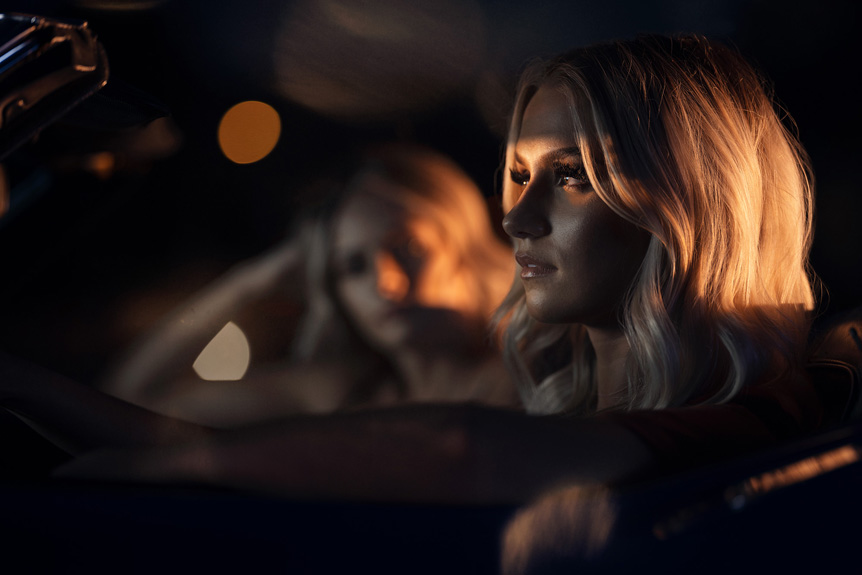
Photo © Aaron Anderson
The GFX System bodies also have several features to allow you to work more creatively with high- and low-angle portraits. As any successful portrait photographer will tell you, framing the subject from above or below can really change the mood of the image, and also help to deal with awkward aspects of location portraiture like scruffy or distracting backgrounds. Lower angles can make subjects look more dominant, which is great if you want an image to be imposing. Higher angles can do the opposite, thinning the face and making subjects more approachable. All of the GFX System cameras have tilting LCD screens that let you compose from low on the ground or high above your head, while GFX 50S and GFX100 bodies can also be fitted with the optional EVF Tilt Adapter EVF-TL1, which lets you compose at waist level or below with up to 90° tilt.

Photo © Fred Agho
Fit the Vertical Battery Grip VG-GFX1 and you’ll get a host of location portrait benefits. Holding an extra battery, the grip not only adds to the amount of time you can stay on location, it also helps when composing upright, as is often the case with portrait subjects. The grip gives a solid hold while composing vertically, and also features a shutter release button, command dial, focus lever, and six Fn buttons, mirroring the layout of the camera body and helping you to compose the creative images you want in a fluid and uninterrupted way.

Of course, working on location also means you’re at the mercy of the elements, and what was a smoothly running session can soon head south if conditions worsen to the point that your camera is at risk. On the other hand, your creative ideas may actually require rain, mist, snow, or ice – or even the surreal look of a dusty desert location. Fortunately, all GFX System bodies are fully weather-resistant, which means they repel moisture and dust, plus keep working in temperatures as low as 14°F. As a result, there’s very little that can stop you when you’re making portraits in a huge variety of locations.
For a system built around the promise of quality and portability, GFX lenses need to fit the mold as well as the camera bodies – and there are lots of portable, weather-sealed portrait options that do exactly that.
Offering superb clarity as well as precise control over depth-of-field, FUJINON GF110mmF2 R LM WR is a portrait photographer’s dream, contrasting ultra-sharp details with smooth background and foreground blur, which allows superb subject separation and means that you can create striking portraits, no matter what the location. Of course, when combined with GFX’s broad ISO range and low-noise results, the lens’s widest F2 aperture also means you can easily make pictures in low-light situations, such as dimly lit interiors or city streets at night.
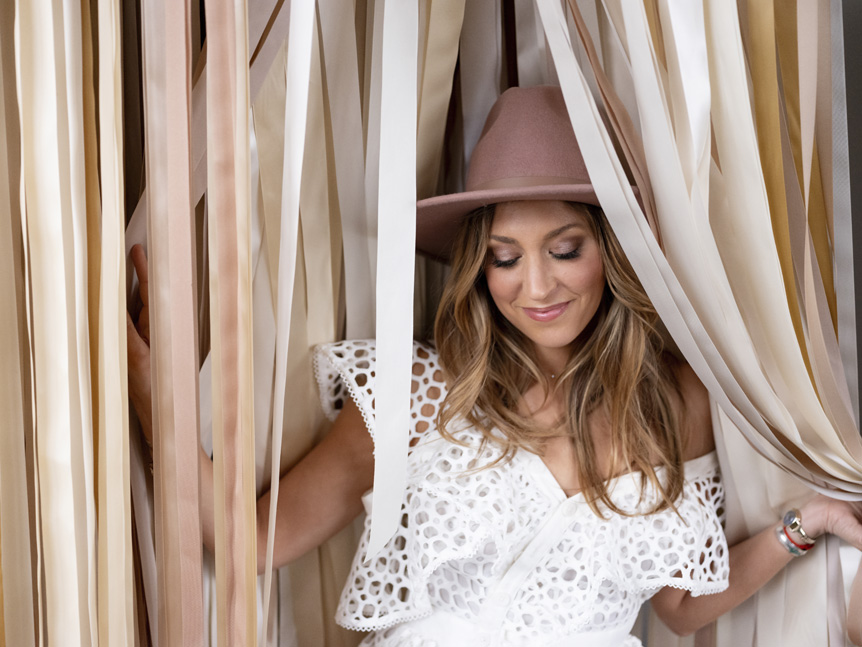
Photo © Alison Conklin
Another great lens for location portraits is GF63mmF2.8 R WR. Its fixed standard view lets you include both more of the subject and their surroundings, and its wide aperture invites lots of compositional options, allowing photographers to separate the subject from the background or keep everything sharp for a more environmental feel. F2.8 also means more light for faster shutter speeds and lower ISO settings when working in dim conditions.
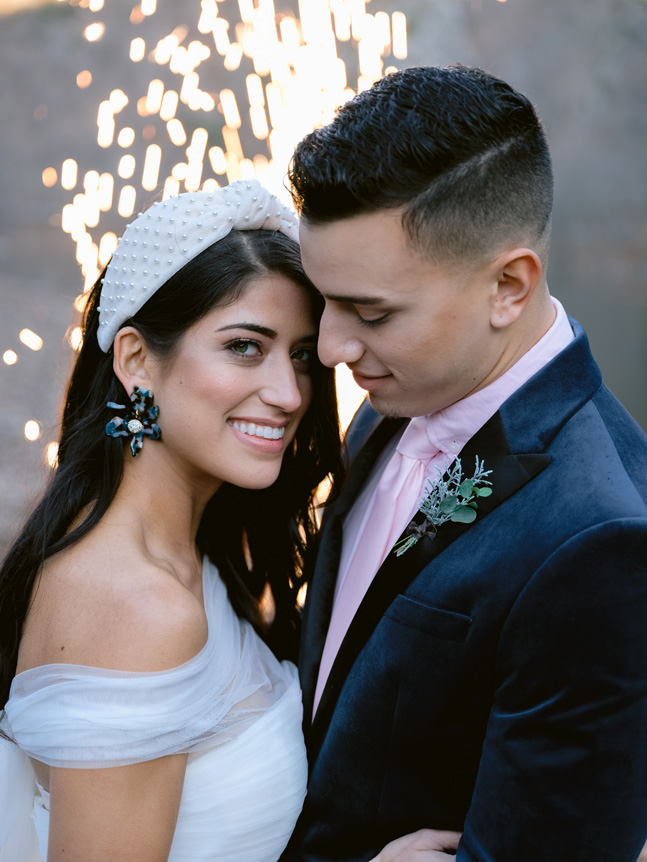
Photo © Alison Conklin
And for sheer adaptability it’s hard to look beyond GF45-100mmF4 R LM OIS WR and GF100-200mmF5.6 R LM OIS WR, which are standard and short-telephoto zooms that give bags of versatility but remain small and light enough to use on location. Zooms give lots of control over framing when a location may prove difficult, but also let you alter the look of images across a project, providing texture to the selection of images and often helping to improve storytelling.
Explore the whole GFX System here or contact your nearest FUJIFILM Authorized Dealer for more information.
Compare the Lenses

GF63mmF2.8 R WR
Lens configuration
Focal length
Close focus distance
Dimensions
Weight
Filter size
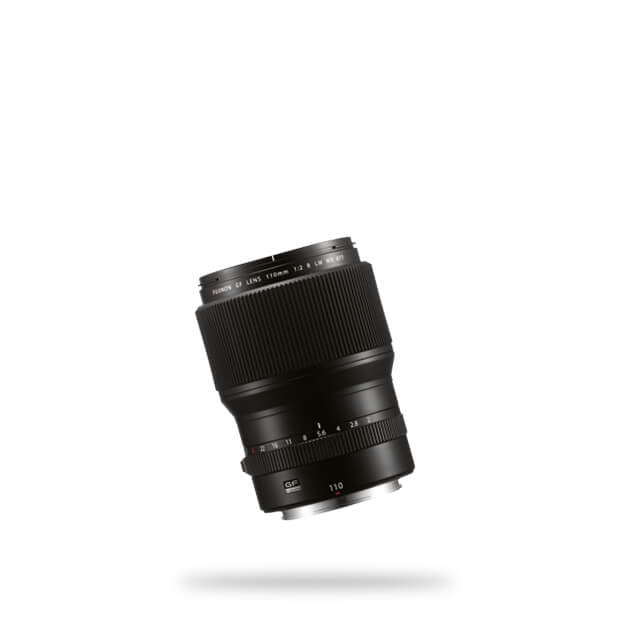
GF110mmF2 R LM WR
Lens configuration
Focal length
Close focus distance
Dimensions
Weight
Filter size

GF45-100mmF4 R LM OIS WR
Lens configuration
Focal length
Close focus distance
Dimensions
Weight
Filter size








